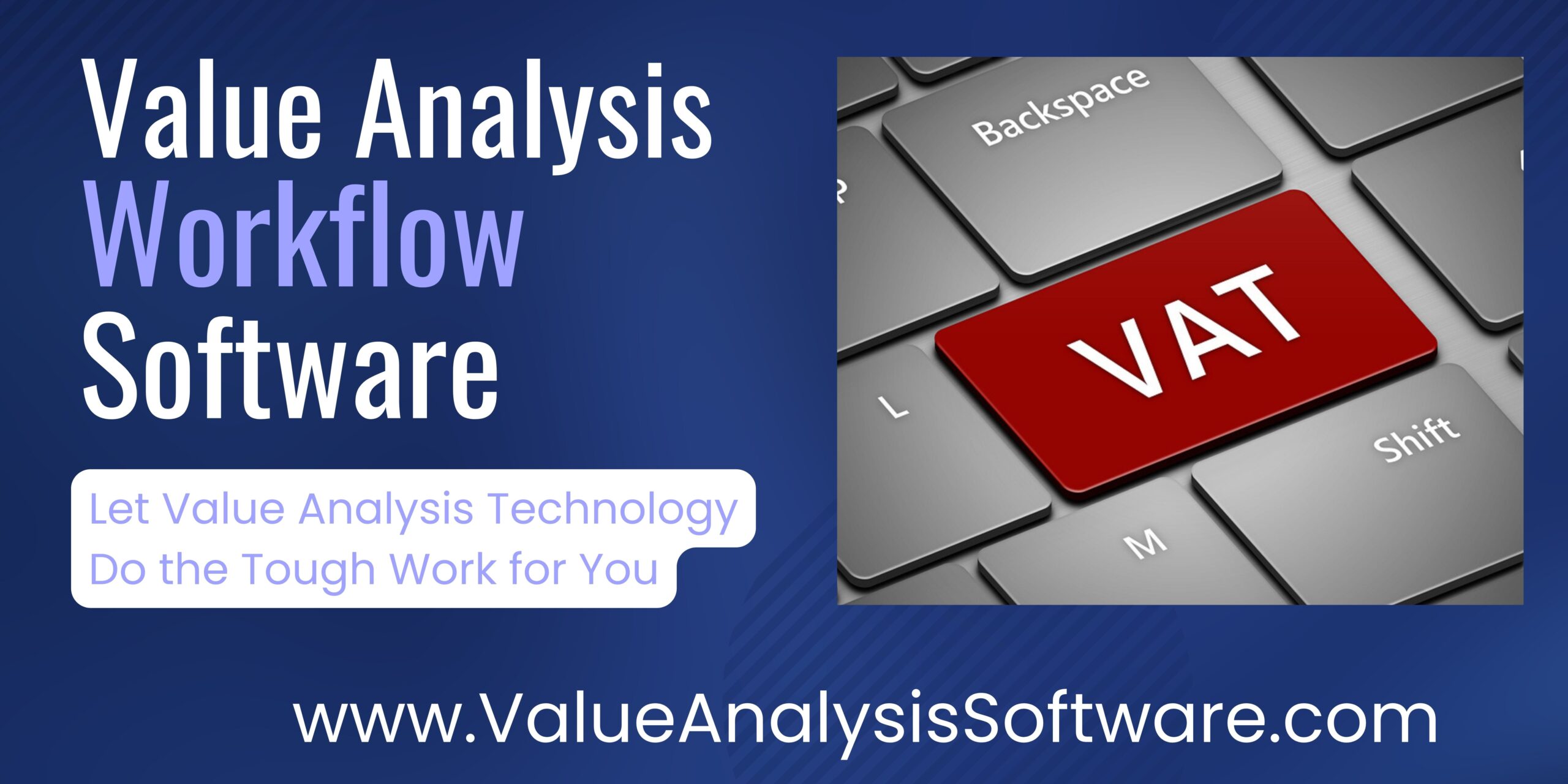Gennifer Baker, Director of Nursing Practice & Laurie Wilson, Value Analysis Coordinator
Although most healthcare organizations have value analysis teams or committees, did you ever consider disbanding your teams or committees for another value analysis model? This was the decision that Huntsville Hospital Health System (HHS), a community-based 941-bed health system located in Huntsville, Alabama, and the fifth largest publicly owned not for profit health system in the nation, made about three years ago to create more cost savings, less hassle, and better outcomes.
New VA Model
This wasn’t a shoot from the hip decision, but a strategic decision to obtain more buy-in, cooperation, and evidence-based decision making from HHS’s clinical staff. Prior to this new value analysis model, HHS’s multi-disciplined value analysis team met regularly to review and approve new product requests. Often times, many of HHS’s value analysis committee’s buying decisions were influenced by price. Creating a review process that analyzes cost AND clinical value produced not only better financial outcomes for the organization but better clinical, safety, and quality outcomes for the patients and staff.
Under HHS’s new value analysis model, no longer would highly paid staff members need to sit through long meetings that often were ineffective, time consuming, and counterproductive.
This was a situation where decision makers were possibly guiding practice outside of their scope of expertise. Under HHS’s new value analysis model one of two actions would set a meeting in motion. Either purchasing would need a clinical/nursing review or nursing would need a purchasing review. At this point the Director of Materials Management, serving as the Value Analysis System Coordinator, and the Director of Nursing Practice would facilitate the appropriate action on a case-by-case basis.
Typically, this would mean that the Value Analysis System Coordinator and Director of Nursing Practice establish an ad-hoc team of stakeholders and experts who either touched, had insight into, or trained staff on the proposed product and who would now evaluate the appropriateness, effectiveness, and relative value of the new product and/or address their clinicians’ concerns about an existing product.
For example, HHS’s Value Analysis System Coordinator recommended a lower cost central line dressing kit she believed was a functional equivalent to establish standardization compared to the high price kit the hospital was using. This proposed kit was without the bells and whistles their clinicians were accustomed to. The Director of Nursing Practice, agreeing that this seemed like a good idea, formed a central line dressing kit ad-hoc team represented by stakeholders and experts of this product line.
The Director of Nursing Practice requested that those attending the meeting, “Bring your evidence to the table and leave your opinion at the door.” After much discussion, negotiations, and peer review, the clinicians in attendance were able to value-justify the change. We must admit that everyone wasn’t happy, but all left the meeting satisfied with the outcome that had been validated by the clinical evidence and trending results over time.
Big Picture
It should be noted that the value analysis program at HHS is not a stand-alone process. It is organizationally linked to HHS’s hospital-wide task forces (i.e., operating room, cath lab, quality, etc.), which HHS’s chief supply chain officer sits on.
These task forces, acting as steering committees, give guidance to the value analysis process, assign projects to it, and coordinate numerous value analysis projects for the Value Analysis System Coordinator and Director of Nursing Practice.
Looking at the bigger picture, the value analysis process has also coordinated projects with HHS’s nine affiliated hospitals, such as, patient charge system, sharing product success, trade show, and peer to peer interaction.One such project was to encourage field trips between HHS’s clinicians and their affiliates’ staff to share their best practices, which we hope to expand over the next few years.
Evidence-Based
Was this a good decision to change our value analysis model? Well, let’s look at the evidence. Although our value analysis model is different from many other hospitals and systems, we still look at the cost, quality, safety, and above all else, hard evidence before making any and all product decisions.
We also have greater buy-in and cooperation from our clinicians since they are making the decisions on what products they will use. This process has also created greater awareness for our nursing staff of what things costs, how they are employed, and what options are available to them. It also has provided quicker decision making without twisting arms. In addition, no time is wasted on non-essential meetings or costly multidiscipline VA committee meetings.
Surprisingly, most of our agenda items can be handled with virtual meetings or just e-mail correspondence. Financially, our savings have escalated by 10% to 30% overall since we changed our value analysis model! And very few backdoor requisitions are floating around our hospital or system. This then has created even greater compliance to policies and procedures which has been a bonus for our VA process.
Yes, we would say the change in our value analysis model was worth the time and effort we have put into HHS’s new VA model. However, it might not be right for every healthcare organization, but you will never know unless you try it. That’s what VA is all about – experimentation until you get it right!

